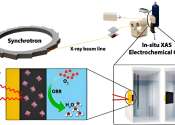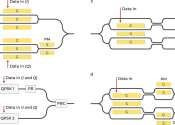Novel device promotes efficient, real-time and secure wireless access
A new device from the lab of Dinesh Bharadia, an affiliate of the UC San Diego Qualcomm Institute (QI) and faculty member with the Jacobs School of Engineering's Department of Electrical and Computer Engineering, offers a ...
Oct 27, 2023
1
3









